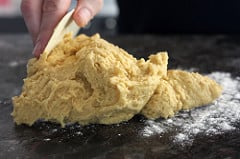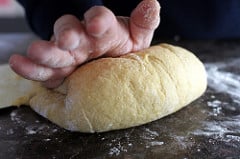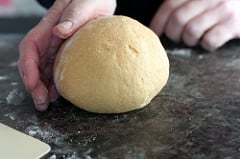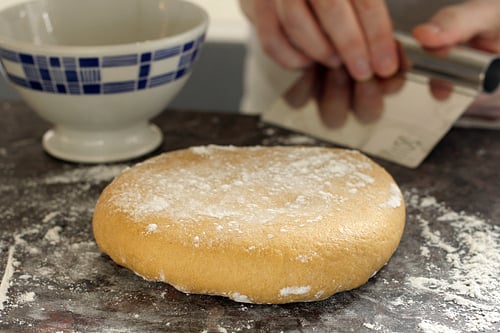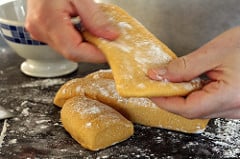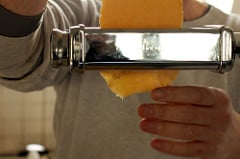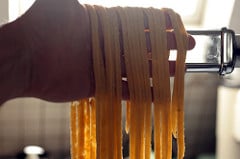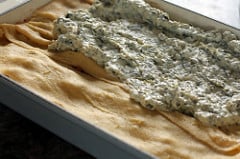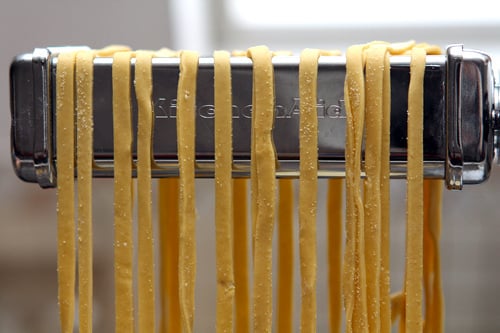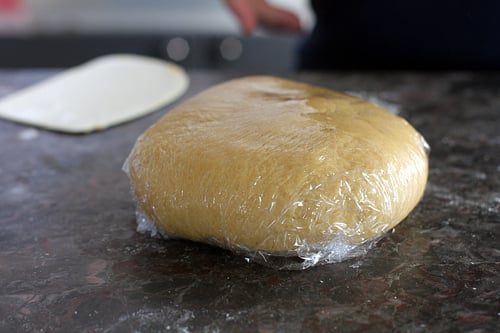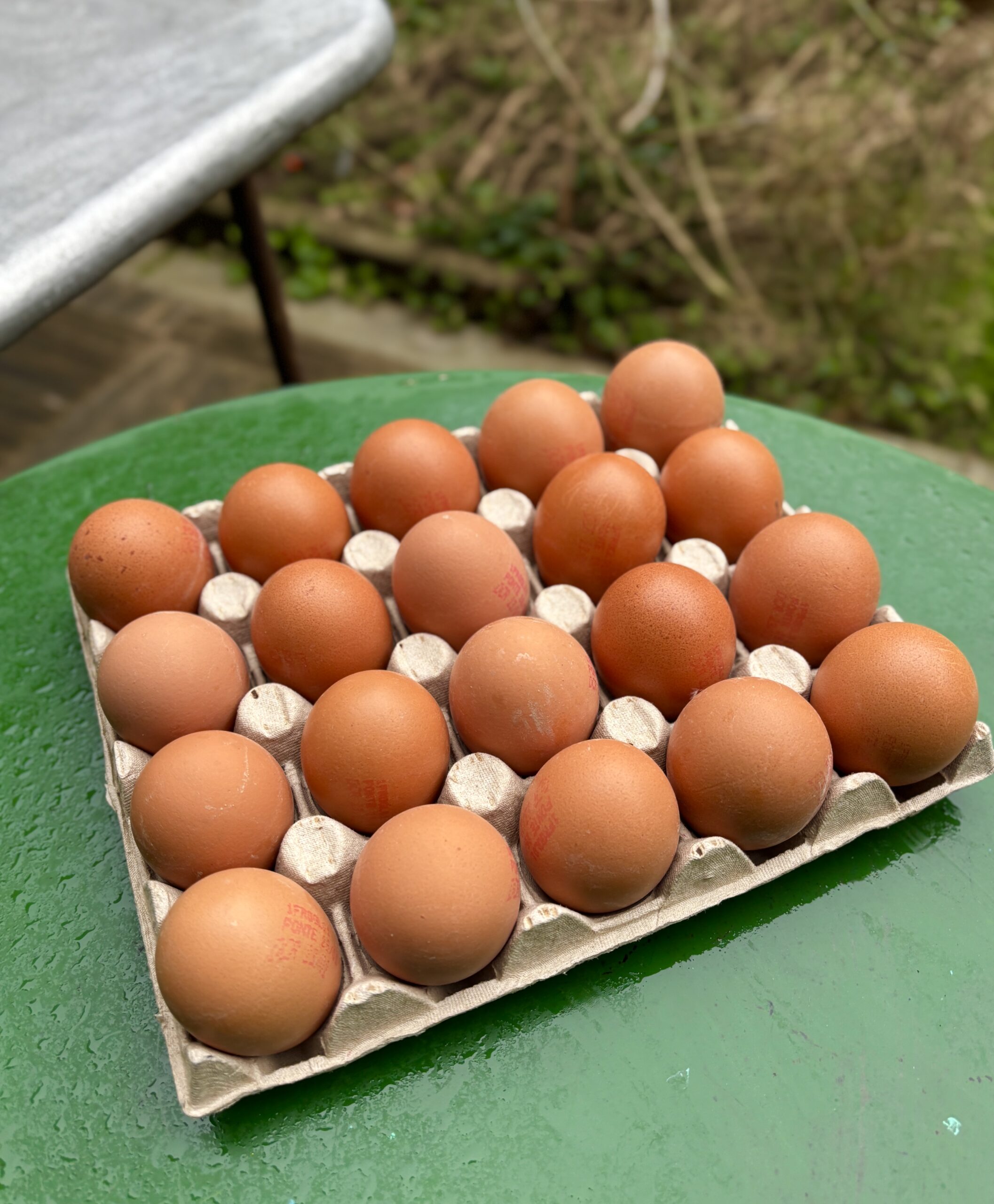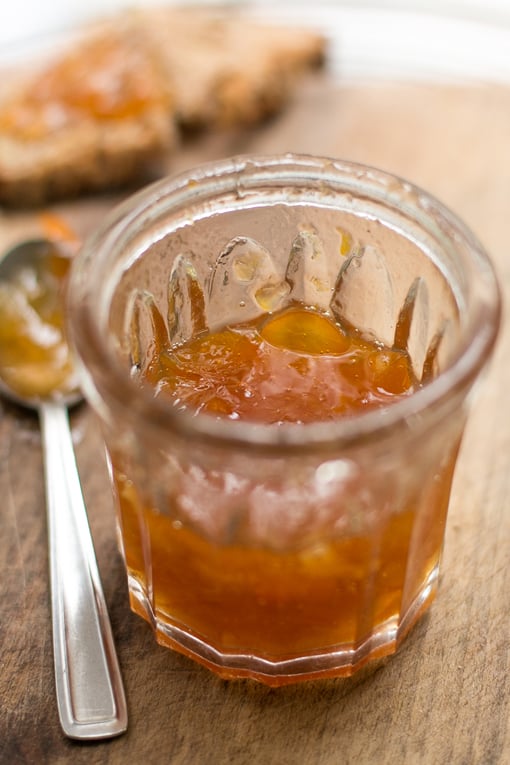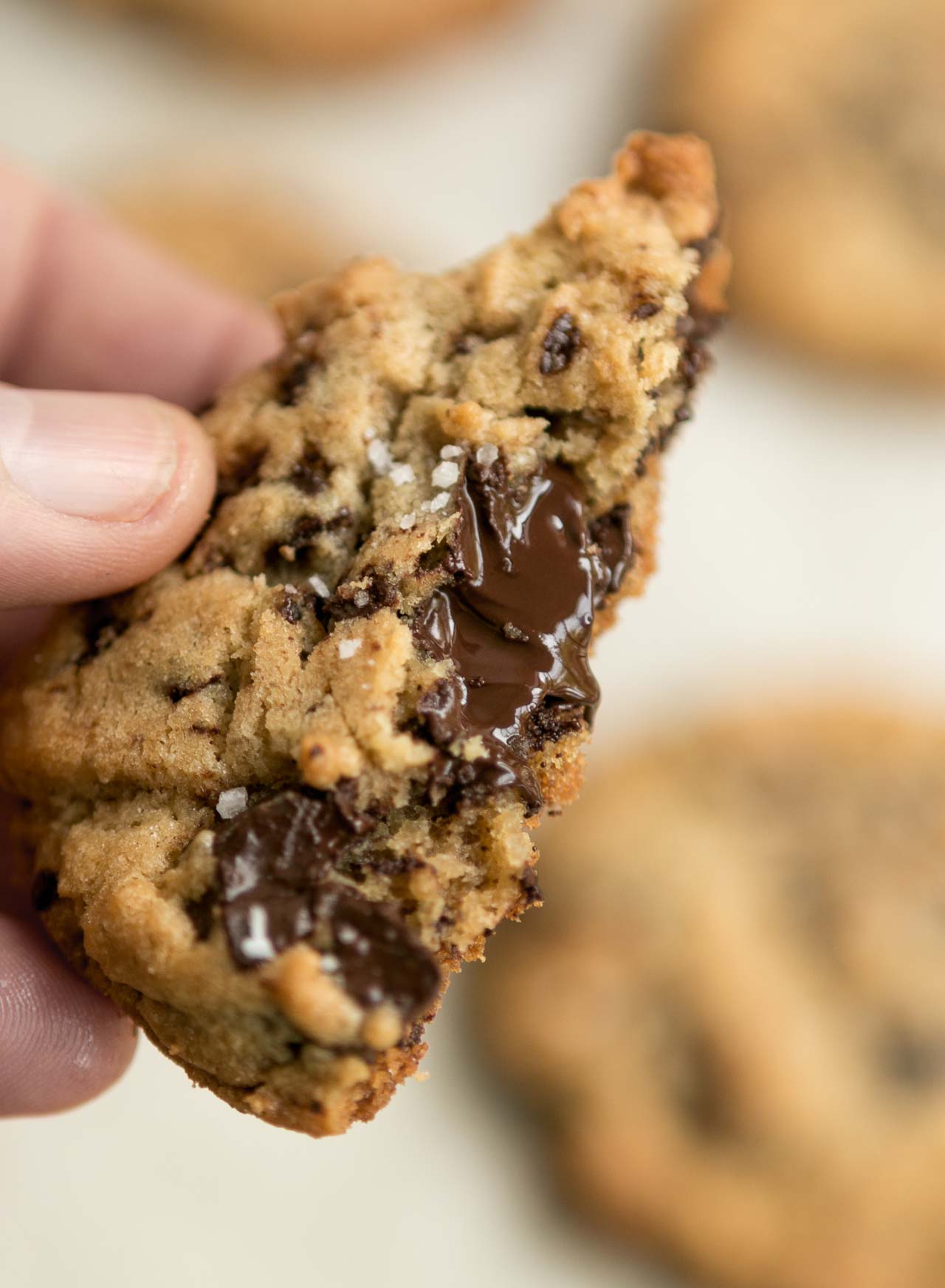How to Make Fresh Pasta
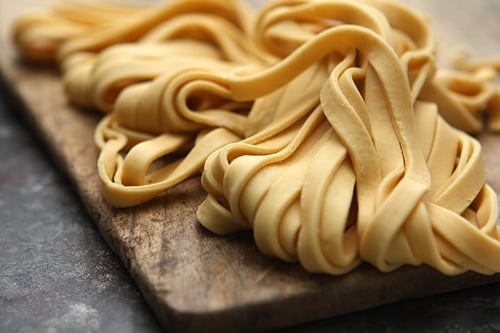
I have to admit, I’ve gotten a bit slack and have been buying dried pasta for the past few years. There’s nothing wrong with store-bought pasta – I’ve become fond of the whole wheat pasta spirals I get at my natural foods store, tossed with greens, garlic, and olive oil – but I was recently at the home of a friend and while we were talking over wine, he pulled out a disk of dough, quickly rolled it, and put together a simple lasagna with those just-made noodles. It was so good, and made me realize that I’d forgotten how good fresh pasta is. And it’s not difficult at all to make.
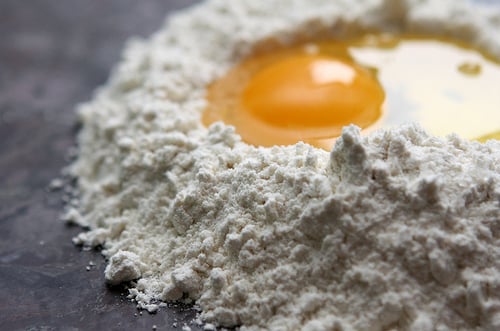
Unlike pastry and bread doughs, pasta dough isn’t very fussy. You don’t really need a machine to shape the pasta, but a pasta roller really helps and it’s one of life’s great pleasure when you pull that final cut of the pasta strands out of the machine and drop them into a pot of boiling water. I have an attachment for my stand mixer, although the small hand-cranked machines are inexpensive and do a good job, too. You can handroll pasta with a rolling pin, but be prepared for a bit of a challenge if you want the dough really thin.
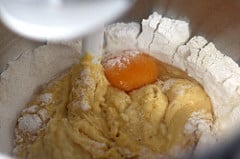
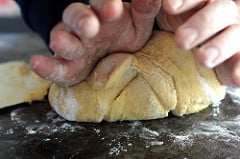
Pasta dough is simple and forgiving. It’s one of those recipes that’s more about technique than ingredients or quantities, like macarons. It’s basically only two ingredients, but because of variations in eggs, flour, and other factors, you may need to tinker with it a bit. Kind of like trying to tell someone exactly how much butter to swipe on toast, or trying to give a precise time for frying an egg to your liking – it’s impossible to give exact instructions to get it just right, but it’s very easy enough to figure out. I like the heartiness of semolina, so I use half of that, half all-purpose flour. It’s best to make the dough the day you plan to use it; if left overnight, even in the refrigerator, the dough will turn an unappealing grey color.
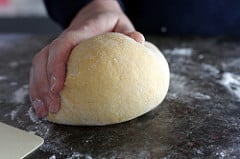
Semolina is relatively easy to find, although you can make pasta dough without it. (Some of my favorite baguettes in France have semolina added, which gives them a creamy richness.) If for some reason your dough feels a bit dry after you’ve been kneading it for a minute, wet your hands and add that small amount of water into it. I also weigh the ingredients since it’s more accurate.
Homemade Pasta Dough
- 7 ounces (200g) all-purpose flour
- 7 ounces (200g) semolina
- or 14 ounces (400g) flour
- 4 large eggs, at room temperature
- Mix together the flour and semolina in the bowl of a stand mixer, or mix them up and create a mound on the counter top with a crater in the center. If using a stand mixer, add the eggs to the dough and mix them together with the paddle or dough hook until well mixed. On the counter top, crack the eggs into the center of the flour and semolina. Use your fingers to gradually draw the dry ingredients into the center, mixing them with the eggs. The dough will be hard to mix at first – a pastry scraper will help you draw it all together – but eventually it will come together and be relatively smooth.
- Knead the dough with the heel of your hand for at least three minutes until the dough is very smooth. The dough should not feel sticky. If it sticks to your fingers, knead in a small amount of flour, just enough so your fingers come away clean when you pull them away. Wrap the dough and let it sit at room temperature for an hour.
- (You can keep the dough for several hours at room temperature.)
To roll out the pasta, on a lightly floured surface, cut the dough into six or eight pieces. Working one piece at a time, fashion each piece into a rough rectangle, then pass it through your pasta machine on the widest setting (usually #1). Fold dough in half or in thirds and pass it through again. Then fold and pass it through one more time.
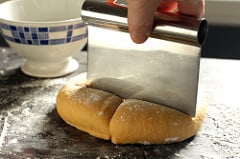
Continue passing the pasta through the machine, closing down the opening of the rollers a few notches with each pass (and dusting them very lightly with flour or semolina if the dough is sticking) until you’ve reached the desired thickness. Then, if you wish to make fettuccine or spaghetti, use the pasta cutter attachment to cut the sheets into the desired thickness, or cut the pasta by hand on the counter top with a chef’s knife to whatever size strands or shapes you want.

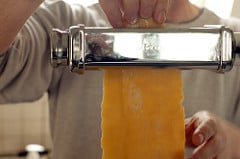
Once rolled, fresh pasta should be dusted with semolina (preferably) or flour to keep it from sticking if you’re not going to cook it right away. You can lay it on a semolina- or flour-dusted baking sheet or linen kitchen towel, until ready to boil. Or drape it over a suspended rolling pin or pasta drying rack until ready to use.
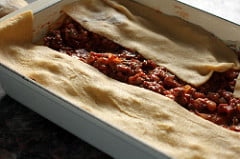
Once you get the hang of making fresh pasta, you can start adding your own touches to it. Experimentation is fun and even pasta that you think looks funny or doesn’t look perfect tastes pretty darned good when tossed with butter or olive oil, fried garlic, crisp bits of bacon, and some hot chili flakes. Actually, now that I mention it, I’m going to have that tonight.
Try adding some chopped fresh herbs or freshly cracked black pepper, or perhaps some saffron to the dough at the beginning, or experiment with different flours, replacing some of the wheat flour with buckwheat or whole wheat flour.
Notes: You might notice the color of the pasta dough is slightly different in the first set of pictures, when it’s being made, to the later set, when it’s being rolled in the machine. That’s attributed to the fact that it was rolled in the machine later in the day, when the light had changed.
You’ll also notice that I used the lasagna noodles uncooked in the lasagna I made. I only use uncooked noodles if using a very wet sauce, since otherwise the pasta can absorb quite a bit of the liquid, robbing the lasagna of a good deal of moisture.
I didn’t post a photo of the finished lasagna because it might prompt folks requesting a recipe, and I didn’t use one. It’s just layered with a tomato sauce I made with ground pork, spices, and a few anchovies, then the other layer was a seasoned ricotta cheese mixed with eggs and generous handfuls of chopped greens that were stewed with lots of garlic and some bacon.
Related Posts and Links
Drying Homemade Pasta, or Storing it in the Freezer (Culinate)
Bob’s Semolina for Pasta (Amazon)
How to Roll and Cut Homemade Pasta by Hand (TLC)
How to Make Homemade Pasta (Clifford A. Wright)
Colored Pasta (Italian Food About.com)
